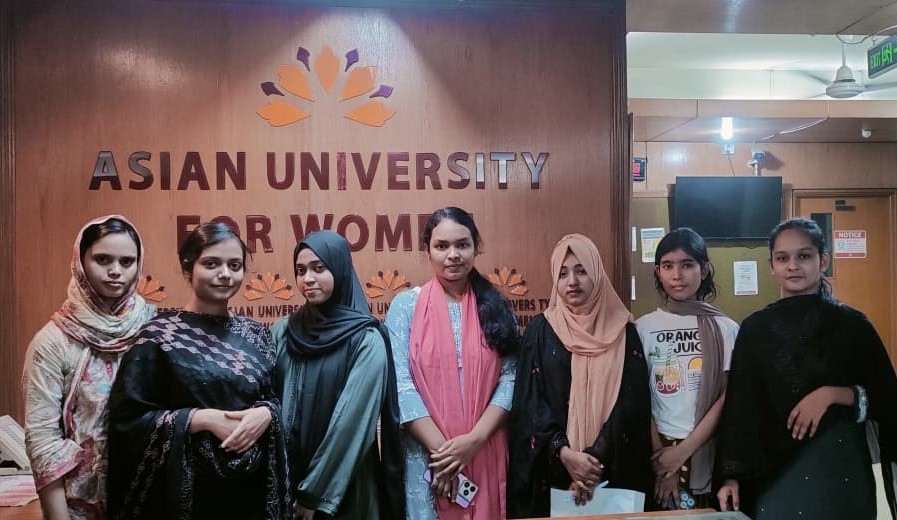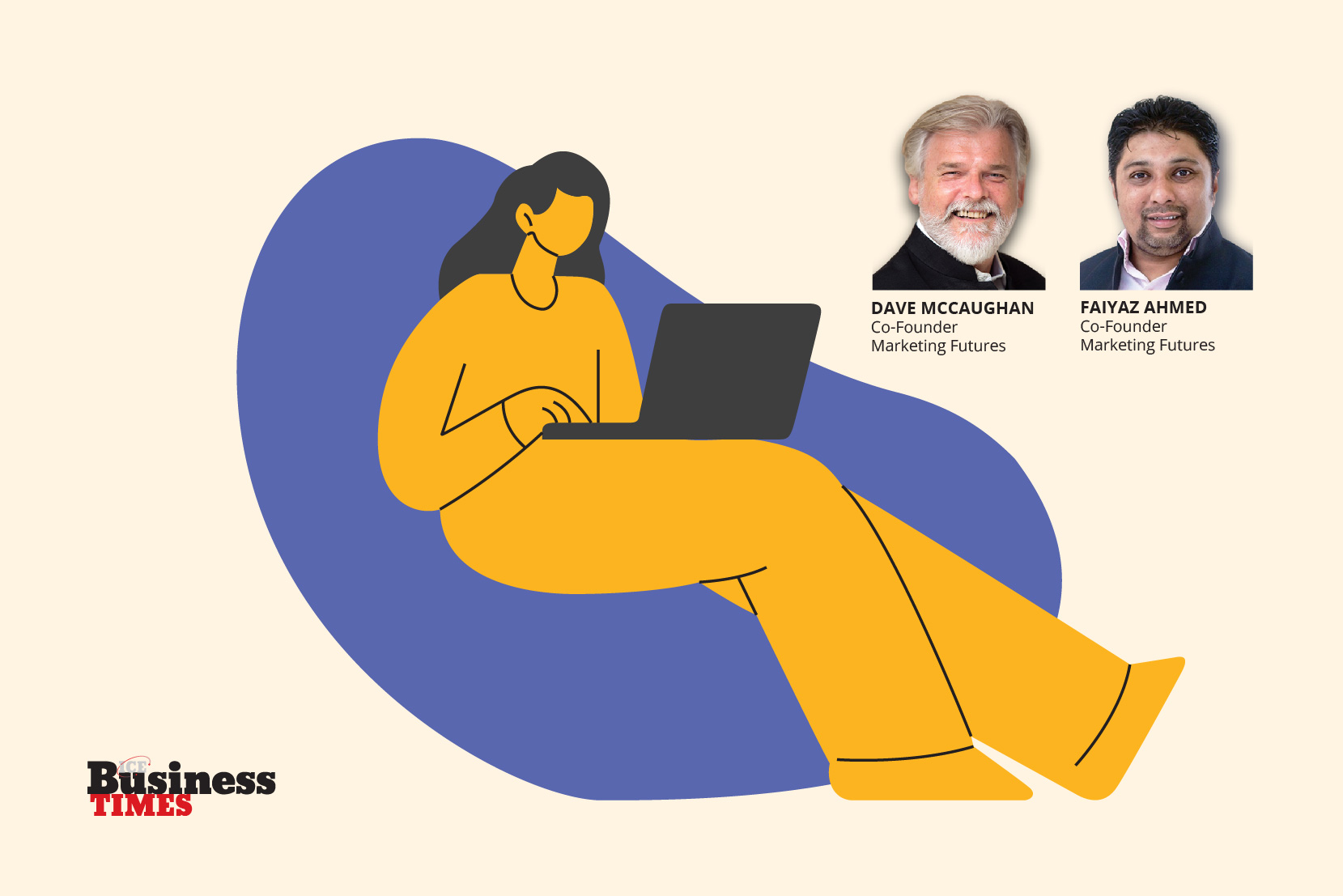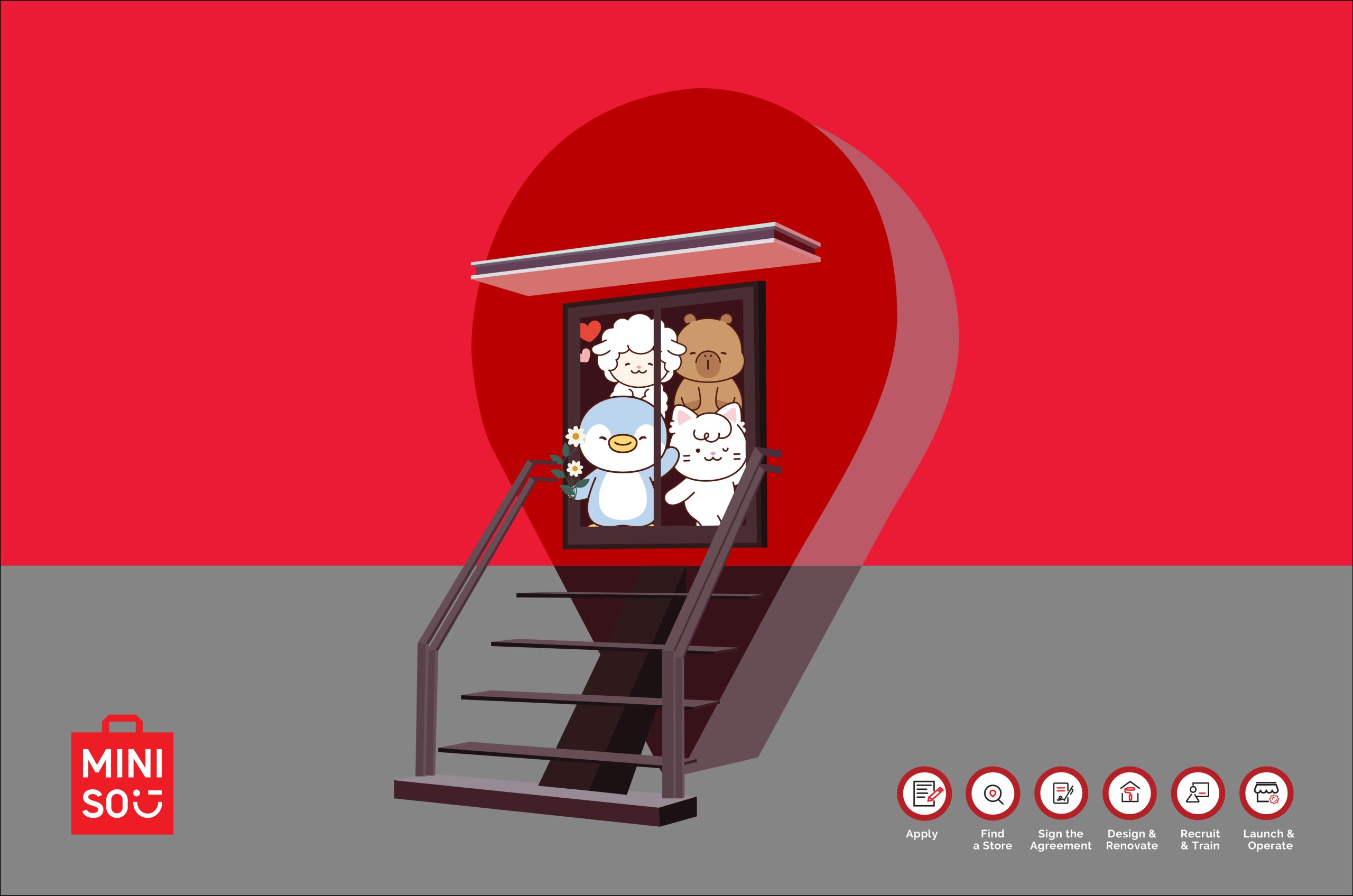The festivals are a big economic opportunity. We are also trying to increase the number of festivals, such as Pohela Boishakh, Valentine’s Day, Ekushey February and others to keep consistency in the volumes
It has been seen in the clothing industry or personal ware industries that the sale volumes are targeted to the festival periods. Over the year, a significant portion of the sale volume is during this time. The festivals are a big economic opportunity. We are also trying to increase the number of festivals, such as Pohela Boishakh, Valentine’s Day, Ekushey February and others to keep consistency in the volumes. Some are targeted to popular segments, i.e – youngsters for Valentine’s Day. The religious festivals are the most important and enormous. I think such economic opportunities should be exploited. It is only valid if the consumer tastes are taken into account. If they are not, then foreign products would overpower local products. The opportunity is local, but the buyers have a global taste. If the local products are up to mark, then the opportunity persists.
To tap festival economics, we have to induce quality consumption among the consumers. In the global world today, consumers want choice, quality and affordability in consideration. Local production houses have to address these consumer concerns if they are to establish an economic base. You cannot simply expect people going for local products because it is local. Patriotism does not work that way.
There is opportunity here to go beyond spiking sales volume – but also to establish deeper success and standards. Companies like Aarong strive for constant investment and innovations, which is why they have a solid niche market. If production houses do not invest in innovation, then they will fail to go beyond an initial novelty value. The most important demand from people is change.
Originality is important. Along with the three aforementioned qualities, it should be kept in consideration. A group of boutique houses, pitched together to create Deshi Dosh, a group effort that was commendable and was an interesting branding idea. Such retail fashion houses are progressing, but the growing of bigger brands such as Aarong are very rare. Festival economy should come out of the onetime income mentality and should sustain throughout the economic cycle. They can be tapped to strengthen design and marketing groups.
As far as Boishakh and other festivals are concerned, the local furniture is also desired by the consumers. The food industry is also strengthened during these festivals. Tourism packages are also emerging during the festivals. Linked to urbanisation, tours are not just sightseeing new destinations, but also returning to rural roots and family reunions. The holiday concept is taken from the West and slowly picking up. Domestic tourism is progressing but the potential is barely being scratched.
Gifts industry is also another aspect that gets a boost during the festivals. In the west, toys are a source of huge incomes, an idea that surprisingly has not picked up in Bangladesh. It is a vastly underdeveloped industry that needs to be prioritised. Children’s segment is another untapped opportunity – chocolates, cards, toys, etc. A lot is left to be explored from other countries regarding these. Books and publications have become a diminishing industry, it needs to be rejuvenated.
Entertainment industry can also be put in the festival economics bracket, including cinema, television and such. So we must come out of the notion that clothing is the only economic opportunity made possible by festivals. Industries such as tourism, gifts, gadgets, entertainment also hold immense potential. The backward linkage industries also get helped. The domestic entrepreneurs must come forward in this respect, but one weakness witnessed is the lack of creativity and lack of investment in innovations.
At the end of the day, the principle of consumers being kings has to be borne in mind. This must not be in a cynical manner, but because their insistence of the three requirements will drive entrepreneurs to progress. It is an opportunity for small and medium entrepreneurs, younger groups to try and gear the economy forward.
**Dr Hossain Zillur Rahman is a former Adviser to the Caretaker Government and Executive Chairman of Power and Participation Research Centre (PPRC).














